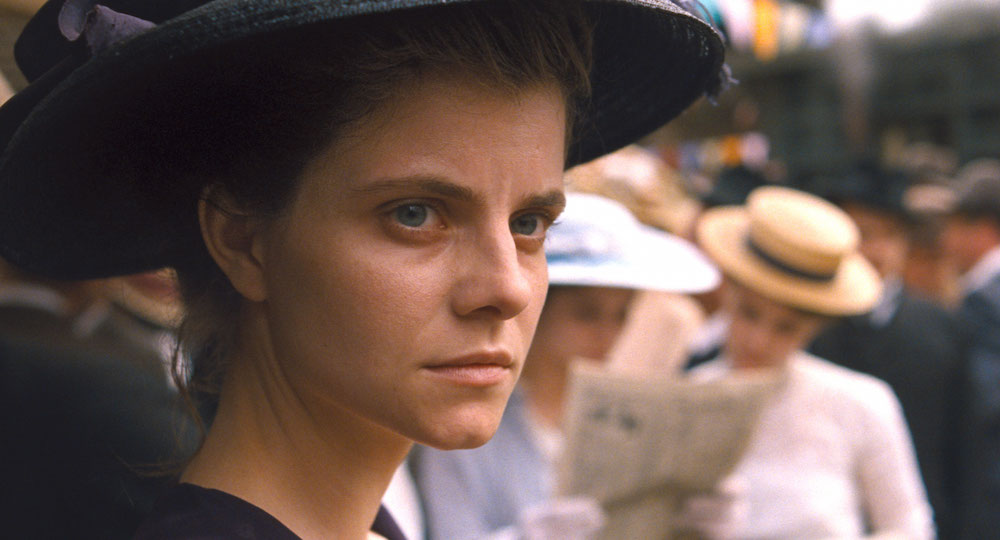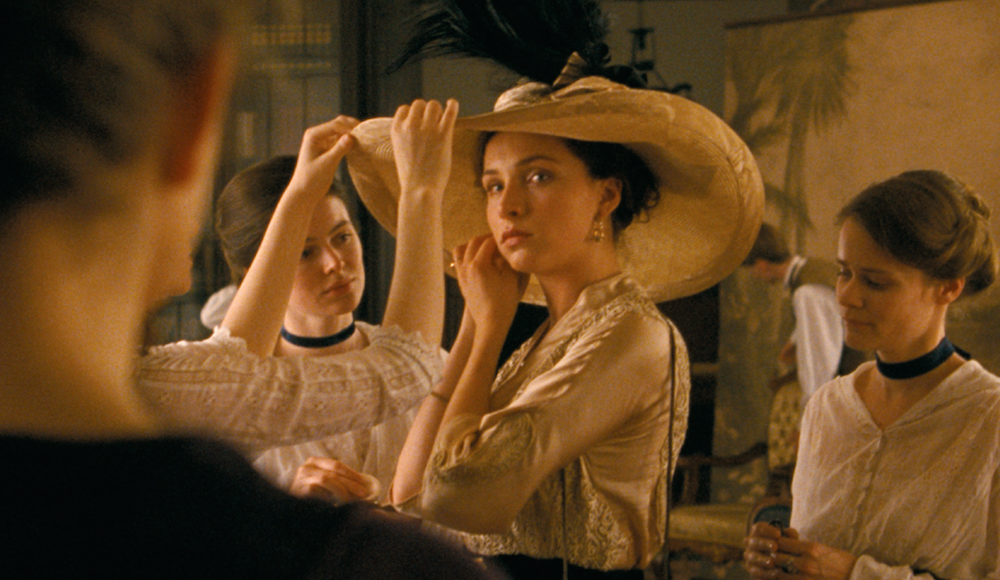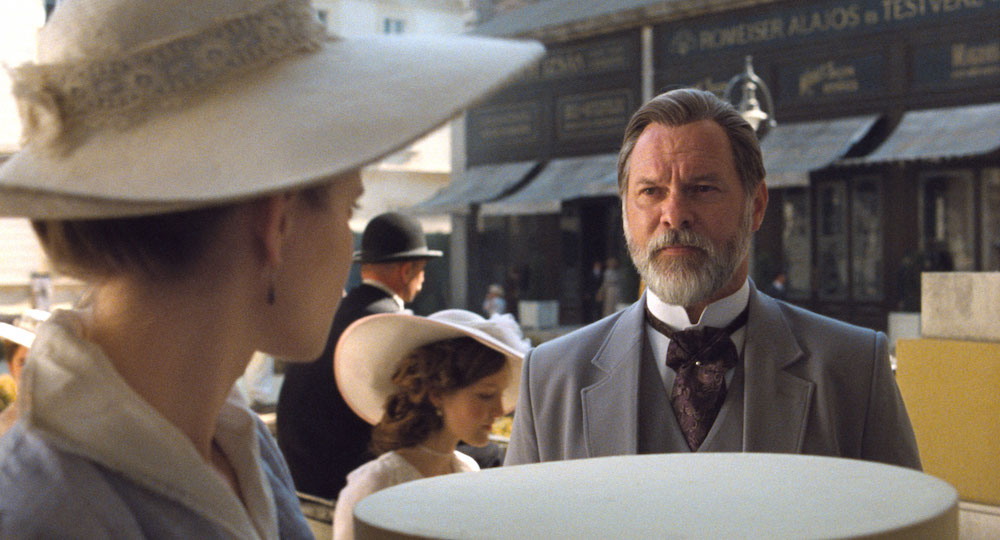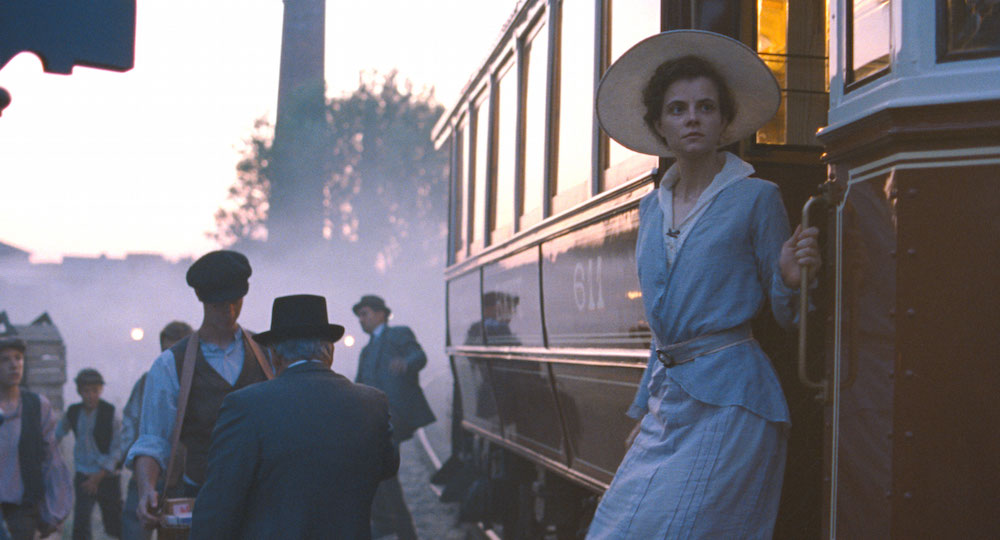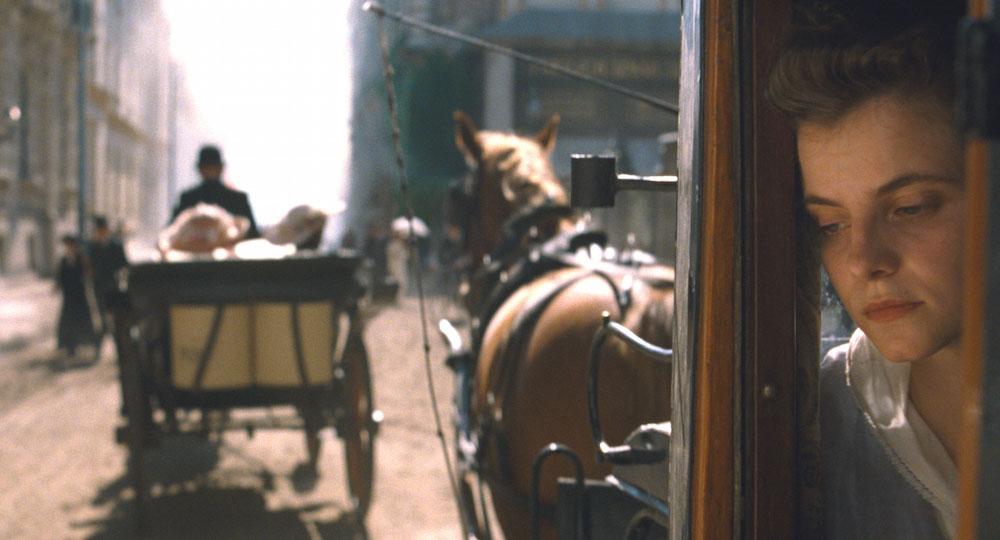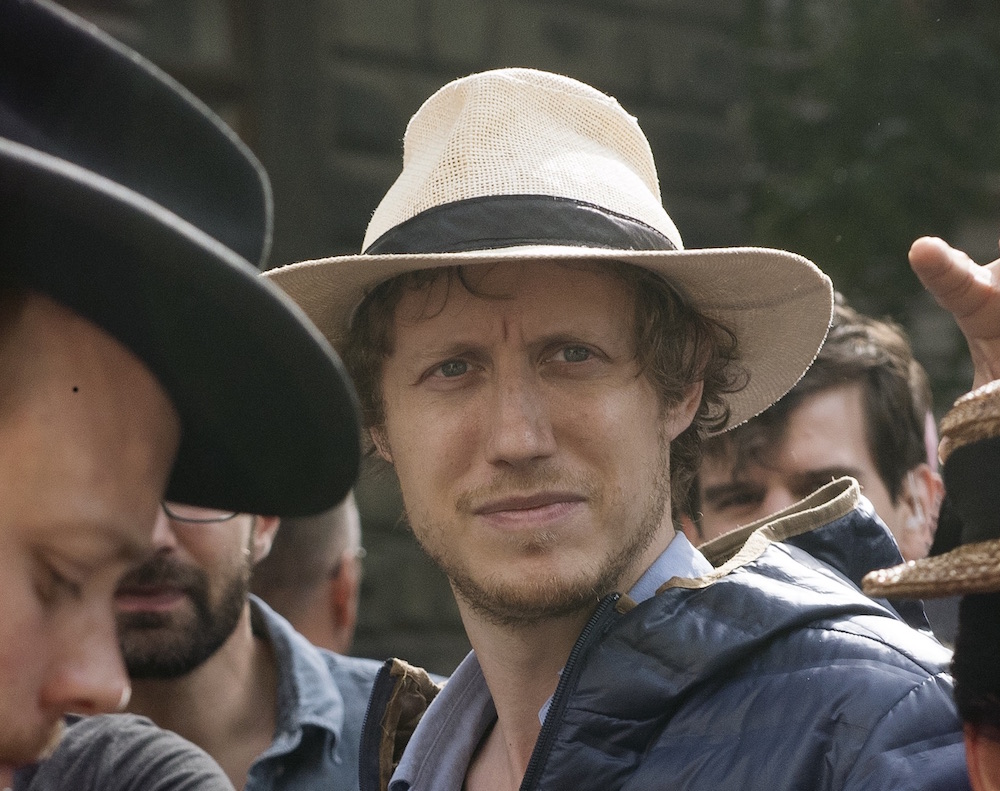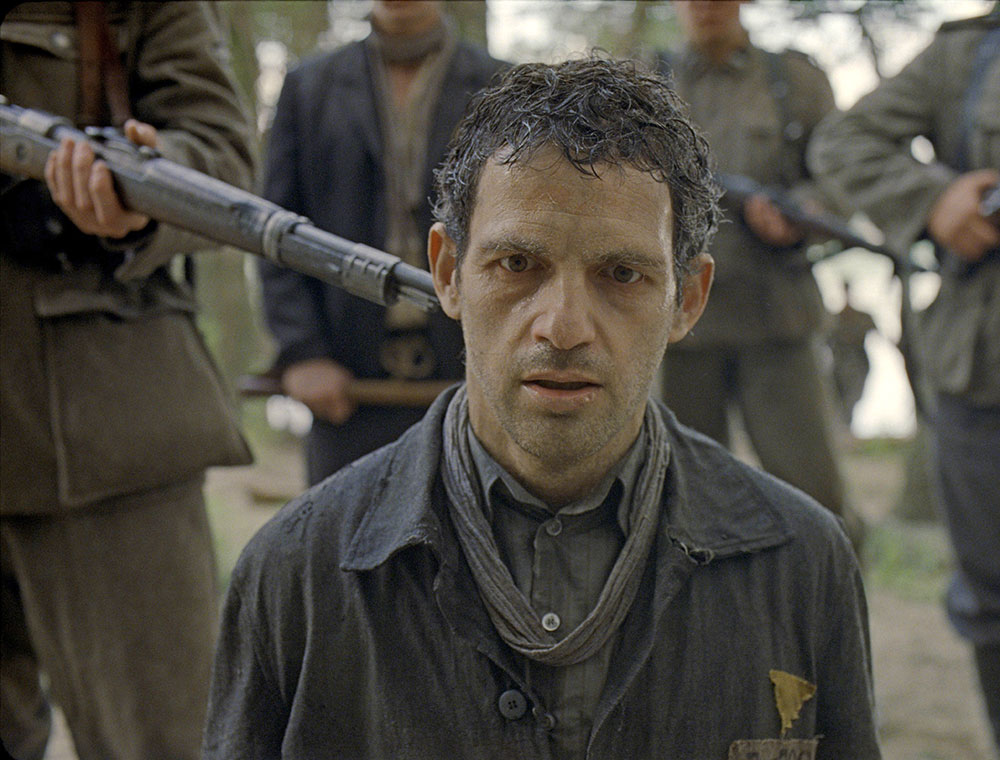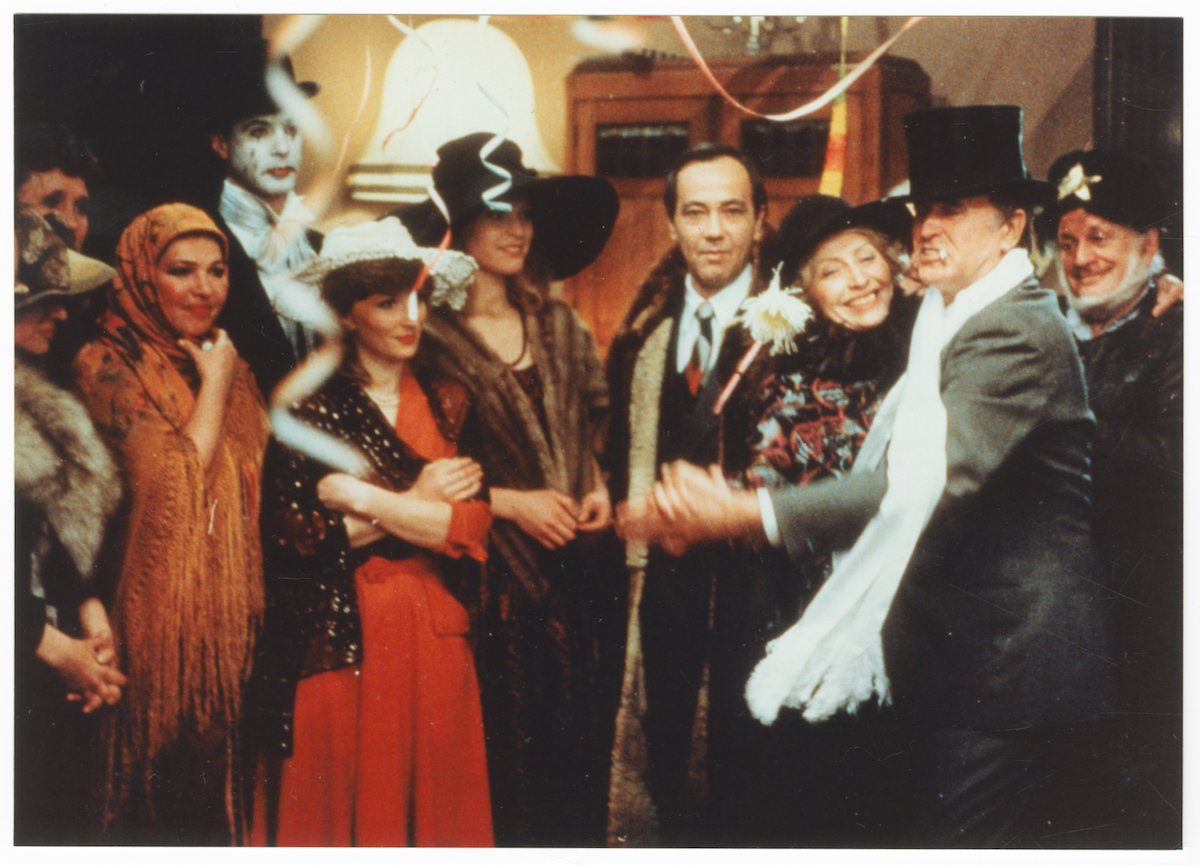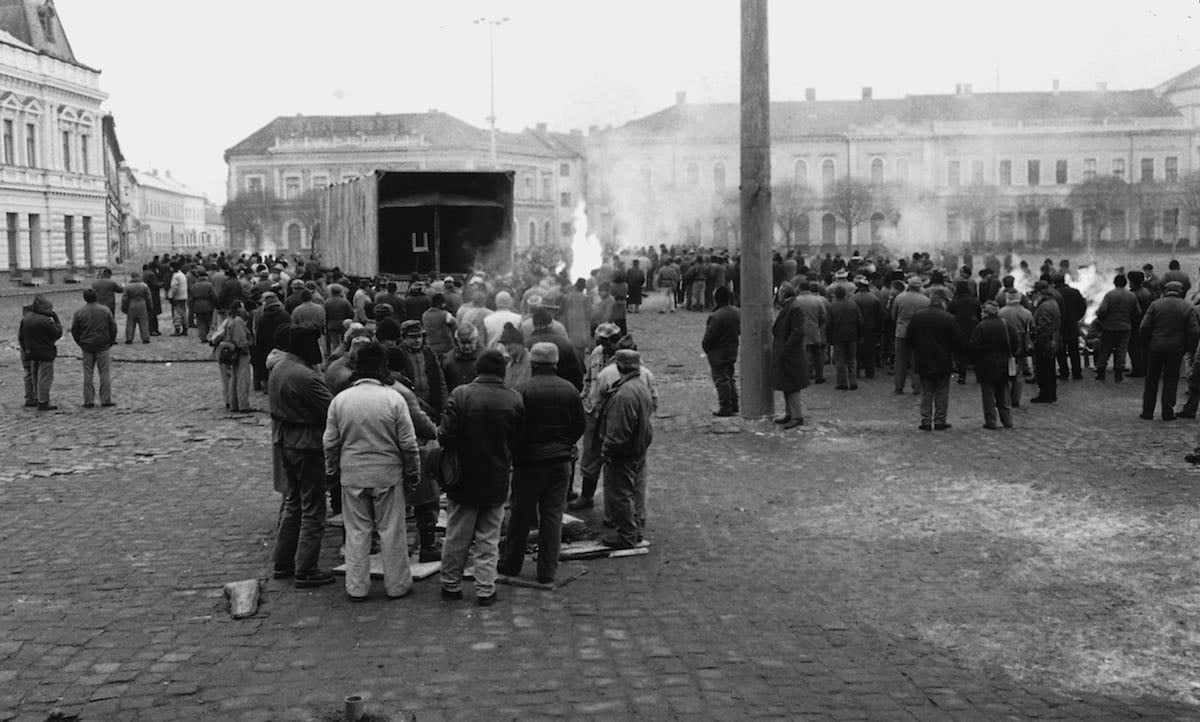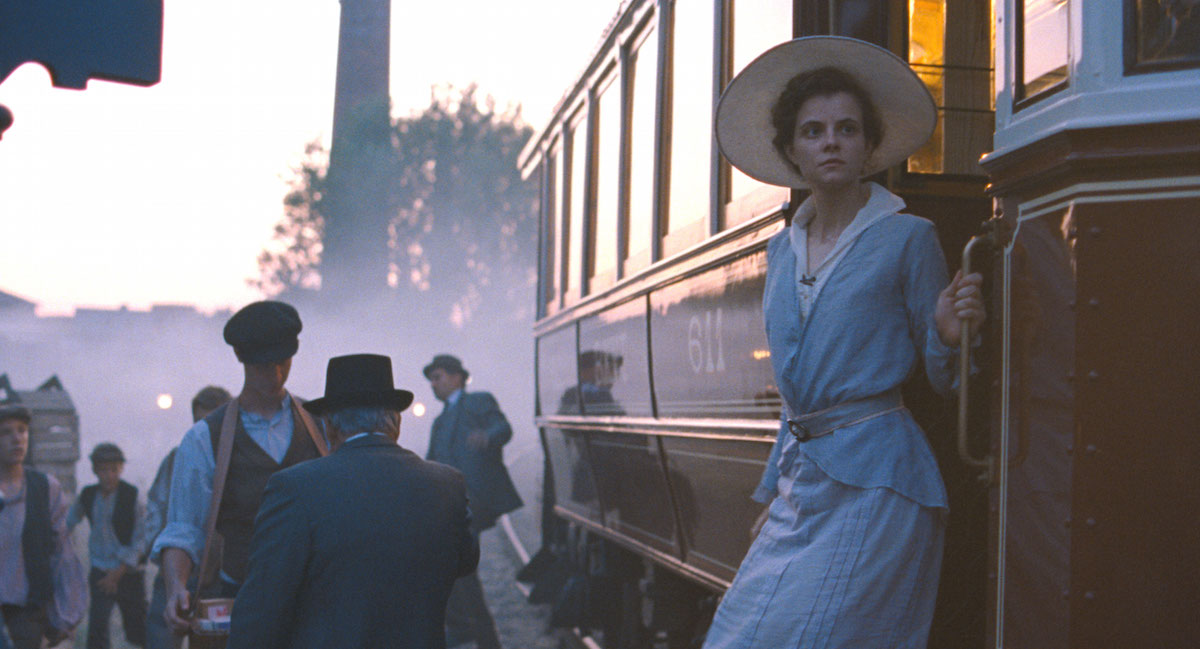
After winning the Oscar for Best Foreign Language Film with his debut, 2015’s excoriating Holocaust drama Son of Saul, Hungarian director László Nemes is back with Sunset, a tale of mystery and murder in pre-war Budapest. He tells The Calvert Journal about his unusual style and why modern cinema is in crisis
With his 2015 debut Son of Saul, Hungarian director László Nemes succeeded in dramatising the Holocaust with an ethical and aesthetic gravity that would have been impressive for a veteran auteur, let alone a first-time director. How to follow that? His sophomore effort Sunset, which had its UK première at the London Film Festival last week, is a period drama — set in high society Budapest in 1913, at the twilight of the Hapsburg empire — that doubles as a murder mystery, and an invocation of cultural decline that feels pointedly relevant. Less gut-wrenching but much stranger than Son of Saul, it confirms Nemes as a serious talent — and one who treats cinema and what it says about the world with an almost disconcerting seriousness.
Sunset follows Írisz Leiter (Juli Jakab), an orphaned young woman who returns to Budapest to seek employment in her late parents’ luxury hat store. Rebuffed by the officious new manager Oszkár Brill (Vlad Ivanov), she becomes caught up in the search for her long-lost brother, a shadowy criminal who has disappeared after murdering a minor aristocrat. What unfolds is a part The Third Man and part Eyes Wide Shut — a thriller without a villain that slowly unfurls the decadence and sadism of late imperial society. Írisz’s Budapest is populated by mad coachmen, mutilated maidens, anarchist gangs and hysterical countesses, endlessly diverting but without a discernible moral core. As one character says of the Leiter workshop’s wares, “the horror of the world hides beneath these infinitely pretty things.”
In person Nemes is as contained and precise as his film is elliptical and obscure. He speaks about relying on paintings and photographs in his visual research, because he simply “couldn’t find” a filmic reference point. “For Son of Saul I used [Elem Klimov’s brutal war classic] Come and See as a visual reference, but for this movie I didn’t find anything. Different art forms exist in this film but in a more hidden way. What I am very interested in is subjective cinema: how cinema can find paths to convey individual existence, the labyrinth of the mind.”
His commitment to the “labyrinth” is total, verging on off-putting. Sunset is shot in the same style as Nemes’ debut by returning cinematographer Mátyás Erdély: long takes on handheld cameras, holding the lead character in shallow focused close-ups as they move through meticulously detailed period settings that remain blurred into impressionistic backgrounds. Characters and dialogue drop in and out almost at random and the narrative is only fitfully revealed. In Son of Saul the viewer was tied to the titular Auschwitz inmate, with Nemes’ claustrophobic style working to obscure the horrors of the camp whilst humanising the incomprehensible evil of the setting. Írisz is burdened with far less terrible purpose, and so hewing so closely to her risks frustrating the viewer, forced to walk the almost hallucinatory path she traces through the richly textured backdrop. Yet this is a risk Nemes is willing to take in order to reaffirm his belief that the lesson of history is precisely “how little we can understand of our world.”
The film’s Budapest is populated by mad coachmen, mutilated maidens, anarchist gangs and hysterical countesses, endlessly diverting but without a discernible moral core
“There’s something here about the crossroads in civilisation,” he says. “How things seem to be going in one direction, and it’s very promising, but at the same time there are forces underneath the surface which are already coded into this very promise, and these forces will lead to downfall. This is something I was attracted to — the mysteries of 100 years ago, before the First World War — the suicide of civilisation if you will.” Nemes’ approach to these weighty questions is to emphasise the buried or obscured nature of these forces, which is why he builds his films from the subjective experience of his heroes; in his words, Sunset is “not based on historical events but on a personal perception of the world.”
In this sense Sunset is something of a prequel to Son of Saul, capturing the prelapsarian cruelties of pre-war Europe that culminated in the concentration camp. But this is also a question of film and what it can do, which is where Nemes becomes most animated. He might reject the idea of didactic cinema (“I don’t think cinema should be held up like that”), but he is keen to point out where filmmakers have lost their way. “We talk about the democratisation of cinema and the multiplication of experiences, but I only see the reduction of film grammar,” he begins, when I ask what it is about contemporary cinema that he reacts so strongly against. He is trying to take film back to the world of what he calls “the invisible, rather than the visible, identifiable, controllable.”
“Cinema is more and more about showing things, as if it were a football match,” he continues, getting into his stride. “You’re ‘covering’. The camera is always where it should be, giving the audience the impression of knowing everything. This cannot be separated from the very strong decay of directorial visions.” The way Nemes sees it, film schools now teach would-be directors to be “narcissistic”: chasing broadcaster funding by trying to reframe their personal experiences along topical lines. “Filmmaking as journalism, almost. I’m definitely fighting this. We’re shrinking the diversity of cinema. The diversity of cinema is not what we think it is. We have to encourage people to have very distinctive viewpoints — that’s where diversity comes from.”
“We’re shrinking the diversity of cinema. We have to encourage people to have very distinctive viewpoints — that’s where diversity comes from.”
This is forthright stuff and it’s not hard to see why audiences might be put off by the intensity of the young director’s conviction that his is the right way to go. There are many subjects not suited to Nemes’ signature style which are nonetheless rich ground for filmmaking. What’s telling is that, for the director, the “decay” in filmmaking is inextricable from a broader social and cultural malaise; ultimately it’s this analysis which keeps him from drifting into cheap cultural conservatism. When he argues that, “if people were ready to think that would be nice, but everything has been done so that people are sitting in front of the television and internet and being brainwashed,” he follows up with a plea for a more avant-garde viewership that is rooted in film history. “In the 60s, across Europe, you would have workmen going to see films by Antonioni, things that they did not understand. And people are not willing to do that now. They forbid their own thoughts.”
In all this talk of cinematic and social decline, his homeland provides an intriguing case study. Nemes sits firmly in a lineage of Hungarian auteurs: he worked as an assistant director to the great Béla Tarr, who himself learned from the mid-century masters like Miklós Jancsó. (The predilection for philosophical weightiness and long takes is a truly Hungarian tradition.) He points out, too, that Hungary is a surprisingly easy place to work as a young director: “There’s a tradition of filmmaking in Hungary with very good technicians that I was glad to benefit from. The level of the crews is really advanced. At the same time it’s not too expensive, and you can get larger amounts of financing than in [western] Europe. For an emerging filmmaker it’s very interesting — it’s a small world that you can control relatively well.” But, as Nemes himself says, this positive working environment is striking precisely because, these days, “Hungary doesn’t seem to be the most functional country.”
Surely someone who has dedicated his career so far to Europe’s murderous recent history has something to say about the burgeoning neo-fascism of Viktor Orbán and co? Nemes becomes more circumspect than when he was railing against the iniquities of modern cinema. “I don’t know where Hungary’s going, really,” he concedes. “They are attracted to the past, but not the past that brought anything good. Hungary hasn’t come to terms with its own past. They long for bigger territories when people can’t even put their backyards in order.” Can the ominous warnings of social collapse in a film like Sunset be applied to a state like modern Hungary? “It’s hard to analyse it, I’m too close to it. Sometimes the greatest creations come from the most troubled parts of the world, and Central Europe is very troubled. I think Europe is very troubled; we don’t have a clear idea of where we’re going.” Perhaps at some point Hungary’s latest cinematic philosopher will apply his obscure, compelling vision to more modern times: newer pretty things, fresher horrors.
